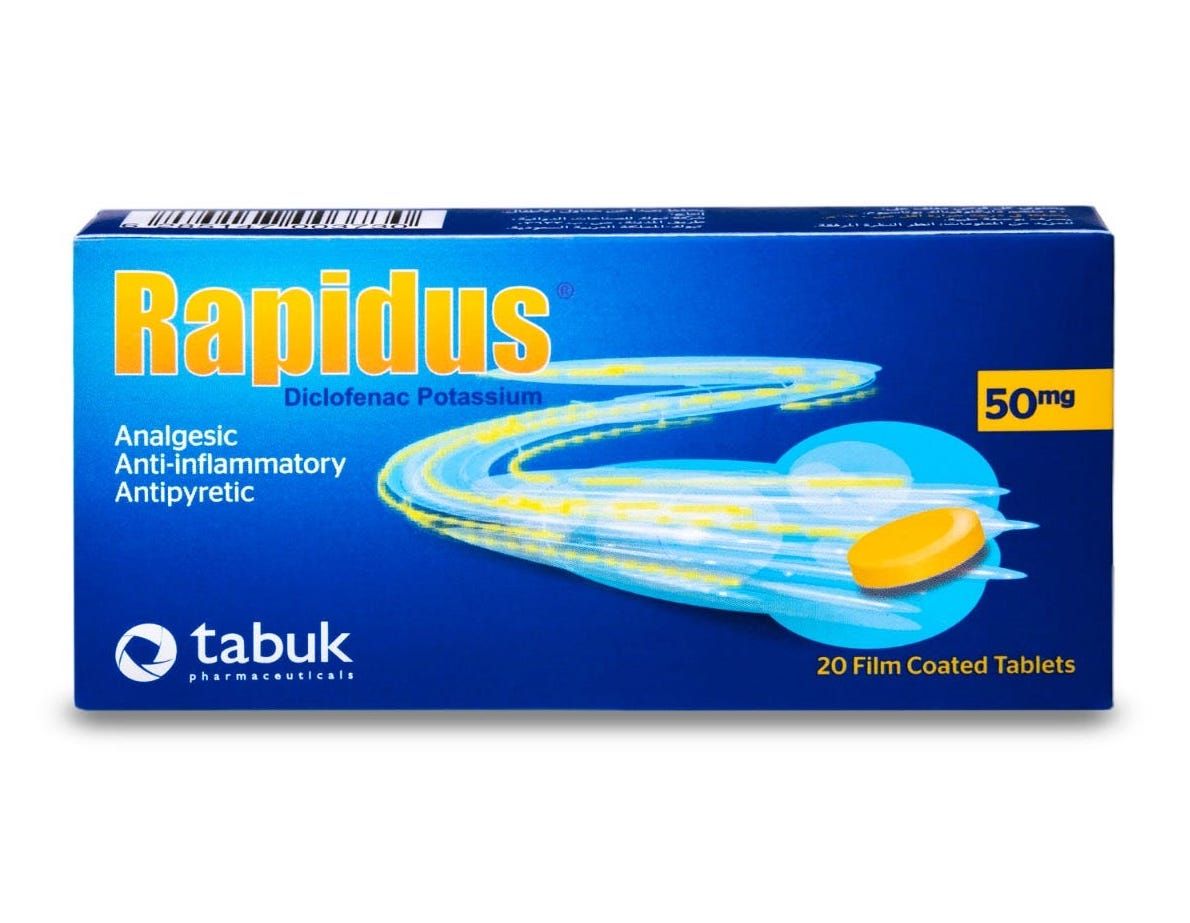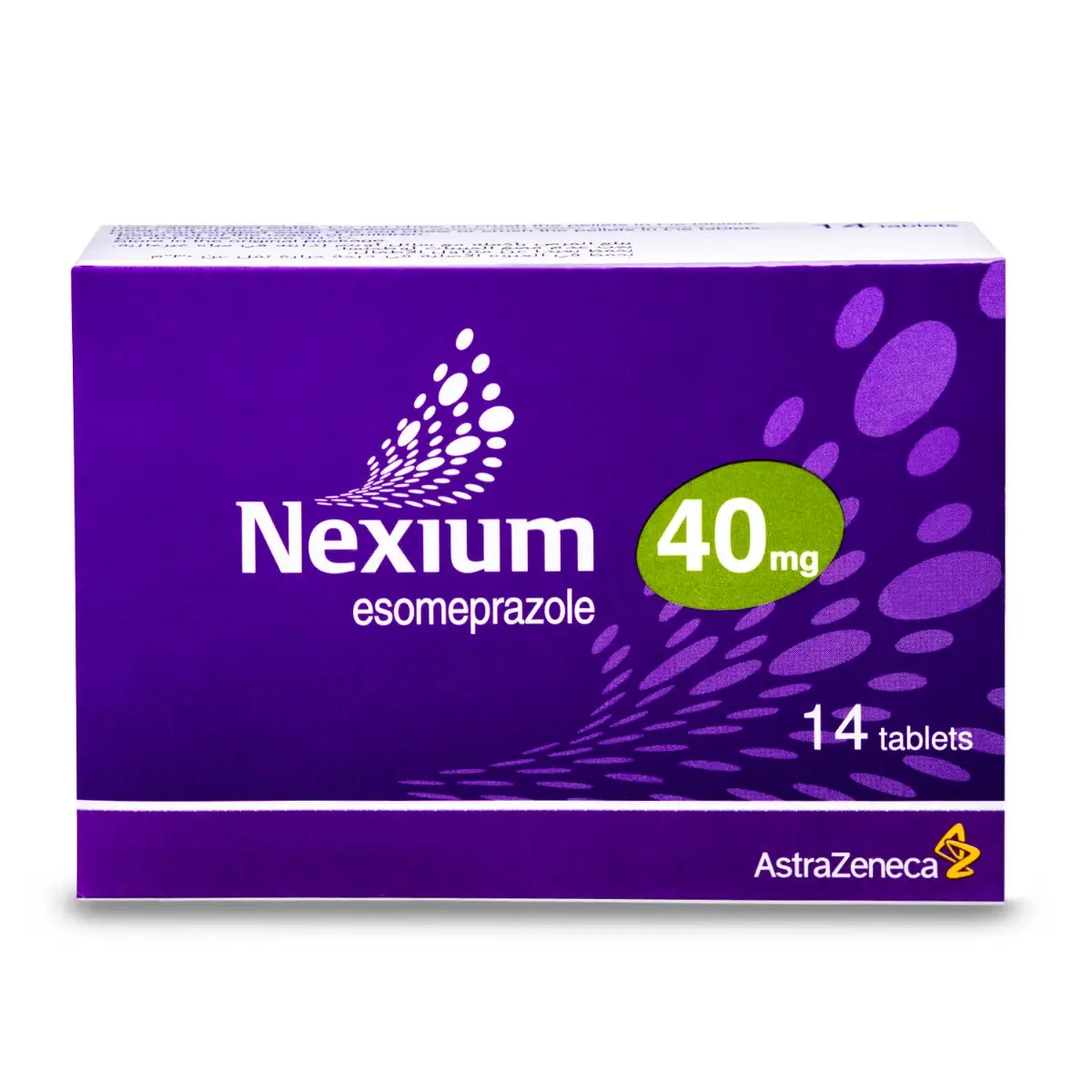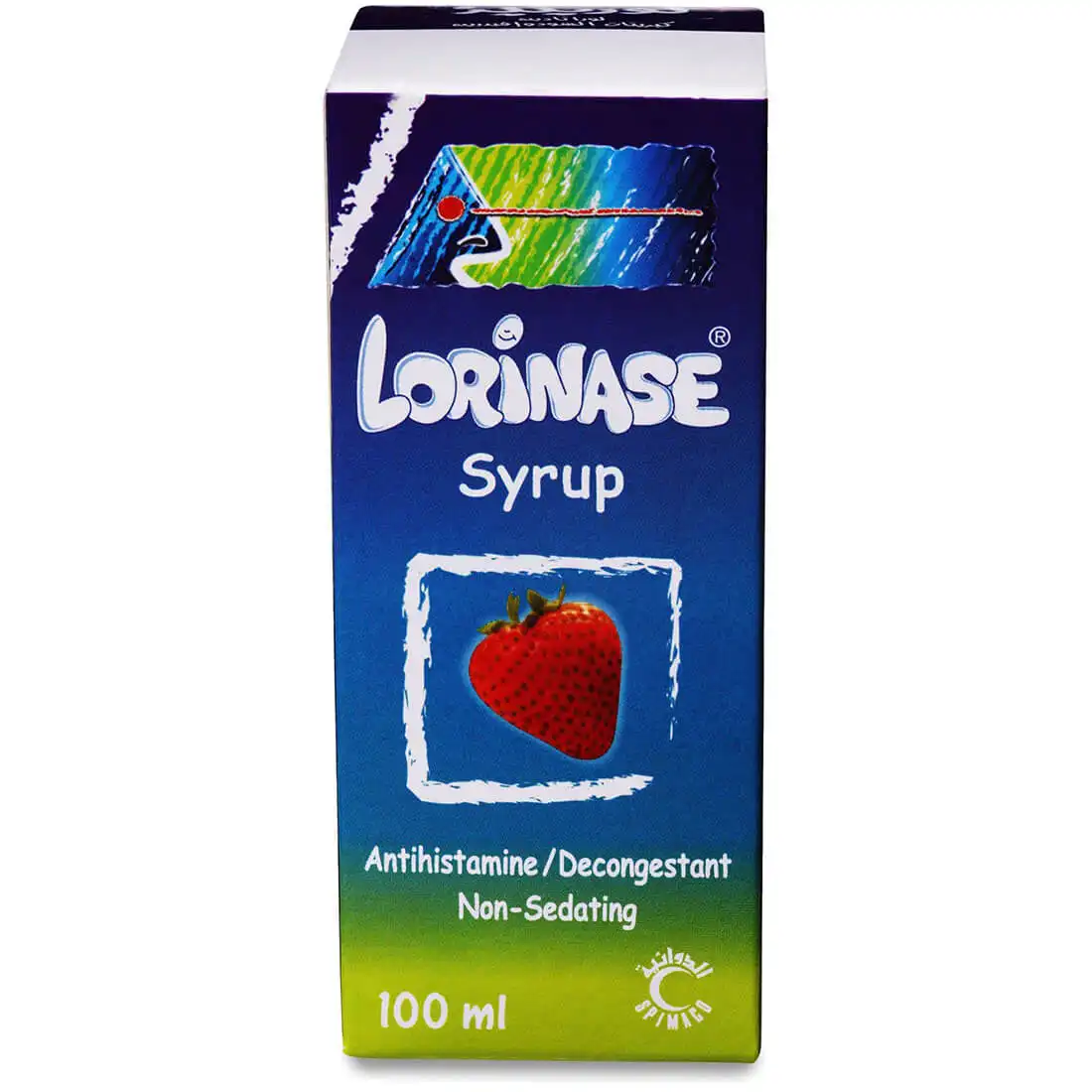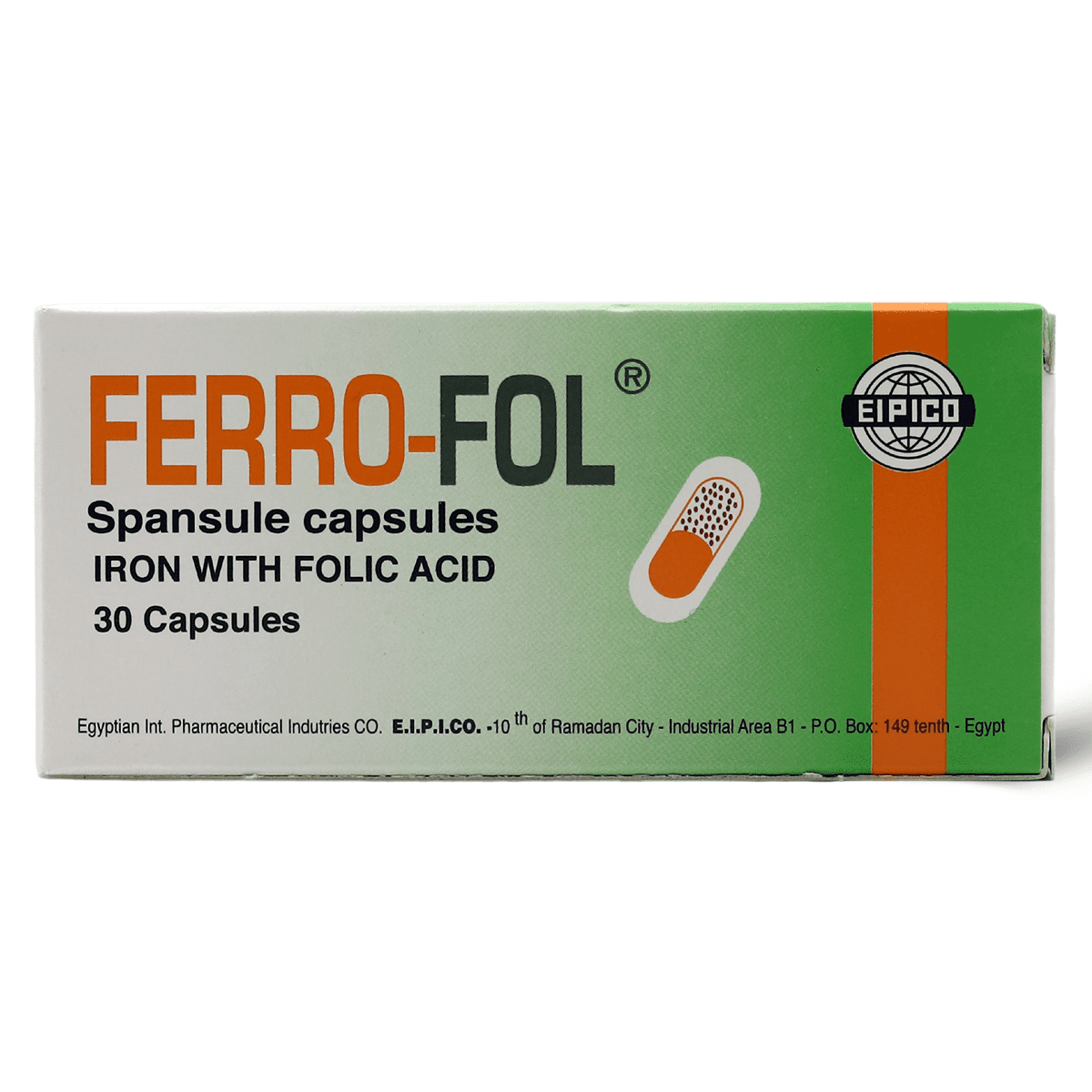| Image | Name | Price |
|---|
Free shipping on orders above 200 SAR
Verify OTP
OTP has been sent to
Verify OTP
OTP has been sent to
Cart Total
Get notified when this product is available





Product Description:
Mechanism Of Action Of Diclofenac
- diclofenac which belongs to a group of medicines called non-steroidal anti-inflammatory drugs (NSAIDs) which works by:
- Inhibiting cyclooxygenase (COX)-1 and COX-2, thereby inhibiting prostaglandin synthesis
- May also inhibit neutrophil aggregation/activation, inhibit chemotaxis, decrease proinflammatory cytokine level, and alter lymphocyte activity
Therapeutic Indications Of Rapidus Tablets
- joint, muscle or tendon pain
- attacks of gout; a common form of inflammatory arthritis that is very painful. It usually affects one joint at a time (often the big toe joint).
- pain and swelling after surgery
- sprains, strains, dislocations and fractures and other injuries
- gynecology problems such as period pain.
- Inflammation of the bones and joints such as rheumatoid arthritis, osteoarthritis, and ankylosing spondylitis.
- Back pain.
Method Of Administration Of Rapidus Tablets
- Take as indicated by your doctor.
- Take with or right after a meal.
- The usual dosing is 25 – 50 mg, 2 or 3 times daily.
- In mild cases, as well as for long-term treatment, 75mg to 100 mg each day is usually enough.
- Do not take more than 150 mg in one day.
- For children consult your physician before using Diclofenac
- Doses may be changed in special conditions so always follow your doctor\'s or pharmacist\'s instructions.
- If you take more than you should, talk to a doctor or go to the hospital straight away.
- If you forget to take a dose, take it as soon as you remember it unless it is nearly time for your next dose.
- Do not take a double dose (two doses at the same time) to make up for the forgotten dose.
Undesirable Side Effects Of Rapidus Tablets
- Stomach pain, heartburn, nausea, vomiting, diarrhea, indigestion, wind, loss of appetite
- Headache, dizziness, vertigo
- Skin rash or spots
- Raised levels of liver enzymes in the blood.
- Fast or irregular heartbeat (palpitations), chest pain, heart disorders, including heart attack or breathlessness.
- difficulty breathing when lying down, or swelling of the feet or legs (signs of heart failure), especially if you have been taking a higher dose (150 mg per day) for a long time.
- Stomach ulcers or bleeding (there have been very rare reported cases)
Pregnancy & Breastfeeding Precautions While Taking Rapidus Tablets
- If you are pregnant or breastfeeding, think you may be pregnant, or are planning to have a baby, ask your doctor or pharmacist for advice before taking this medicine.
- Not preferred especially during the first 3 months
Non-Pharmacological Treatments & Advice To Reduce Pain
- A lot of people find relief from gentle massage, and some hospice agencies have volunteers who are trained in massage therapy.
- Relaxation techniques.
- Physical therapy
- Gel packs.
Warnings & Special Precautions while Taking Rapidus Tablets
- Stop taking the tablets and tell your doctor straight away if you notice:
- Sudden and crushing chest pain (signs of myocardial infarction or heart attack)
- Breathlessness, difficulty breathing when lying down, swelling of the feet or legs (signs of heart failure)
- Sudden weakness or numbness in the face, arm, or leg especially on one side of the body.
- sudden loss or disturbance of vision; sudden difficulty in speaking or ability to understand speech.
- sudden migraine-like headaches which happen for the first time, with or without disturbed vision. These symptoms can be an early sign of a stroke.
- Stomach pain, indigestion, heartburn, wind, nausea (feeling sick), or vomiting (being sick)
- Any sign of bleeding in the stomach or intestine, for example, when emptying your bowels
- blood in vomit or black, tarry feces
- Allergic reactions can include skin rash, itching, bruising, painful red areas, peeling or blistering
- Tell your doctor or pharmacist if you are taking any of the following:
- Medicines to treat diabetes
- Anticoagulants (blood-thinning tablets like warfarin)
- Diuretics (water tablets)
- Lithium (used to treat some mental problems)
- Methotrexate (for some inflammatory diseases and some cancers)
- Ciclosporin and tacrolimus (used to treat some inflammatory diseases and after transplants)
- Trimethoprim (a medicine used to prevent or treat urinary tract infections)
- Quinolone antibiotics (for infections)
- Any other NSAID or COX-2 (cyclo-oxygenase-2) inhibitor, for example, aspirin or ibuprofen
- Cardiac glycosides (for example digoxin), used to treat heart problems
- Medicines known as SSRIs used to treat depression
- Oral steroids (an anti-inflammatory drug)
- Medicines used to treat heart conditions or high blood pressure, for example, beta-blockers or ACE inhibitors
- Voriconazole (a medicine used to treat fungal infections)
- Phenytoin (a medicine used to treat seizures)
- Colestipol/cholestyramine (used to lower cholesterol)
Storage Conditions Of Rapidus Tablets
- store below 30°c
- Keep this medicine out of the sight and reach of children.
- Store in the original package to protect from moisture.
- Do not use this medicine after the expiry date which is stated on the box/blisters/label. The expiry date refers to the last day of the month.
















